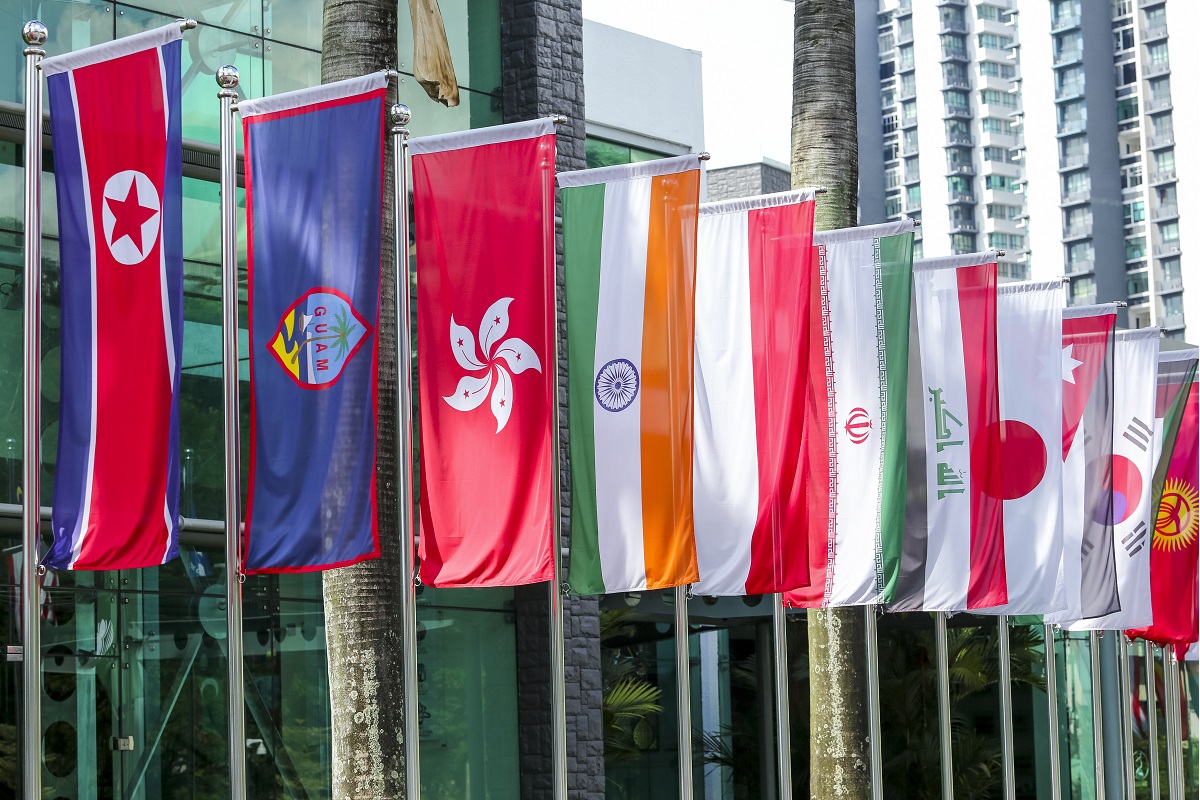Caution needed
In the mercurial world of finance, the spectre of a bubble looms ominously over investors, casting shadows of doubt and trepidation.
Just over a year ago, ASEAN released its mid-term review of the ASEAN Economic Community (AEC) Blueprint 2025. The review reported that 54.1 per cent of the document’s line items had been completed, with another 34.2 per cent in progress.

Representation image
Just over a year ago, ASEAN released its mid-term review of the ASEAN Economic Community (AEC) Blueprint 2025. The review reported that 54.1 per cent of the document’s line items had been completed, with another 34.2 per cent in progress.
The grouping was lauded for having made “notable advancements” towards economic integration, though it also encouraged to “accelerate [its] pace of implementation”.
Reading the review in May 2022, this observation appears more like a warning.
Advertisement
Amid geopolitical competition between the US and China, the economic fallout from Covid-19 and the Russian invasion of Ukraine, some observers have claimed that the post- 1990s era of globalisation is over.
Global share of trade to gross domestic product, a key metric to measure global integration, has been in steady decline since 2008, and might well continue to drop. The extent and nature of this deglobalisation remain to be seen.
Nonetheless, ASEAN can leverage its internal economic potential to weather this storm.
Regional policymakers have long recognised the potential of the region’s market, and ongoing plans such as the ASEAN Comprehensive Recovery Framework seek to capitalise on intra-regional economic activity.
The inconvenient truth, however, is that the grouping’s normal policy-making methods could hinder such aspirations. ASEAN’s network of loosely-prioritised policies creates a cumbersome policy landscape that arguably promotes discussion over action.
For ASEAN to emerge stronger from this turbulence, it must move more quickly and boldly to harness its potential.
For ASEAN, deglobalisation is neither a new nor wholly negative issue. Member states such as Vietnam benefitted from manufacturing relocation spurred by the US-China trade war and will continue to implement inter- nal policies to leverage future opportunities.
However, deglobalisation still poses a threat to ASEAN as a region due to its implications for supply chains.
There is thus a growing need for ASEAN to support intra-regional trade as an insurance plan, upgrading trade mechanisms such as the ASEAN Single Window and the ASEAN Trade in Goods Agreement (ATIGA) while furthering efforts to support the digital economy.
ASEAN’s typical approach to such challenges is paved with policy documents. Ministerial meetings endorse broad themes in overarching documents such as the Digital Integration Framework Action Plan (DIFAP).
Subsequent meetings at the ministerial and senior official levels produce master plans and strategies to provide more concrete implementation plans. Intermittent roadmaps, such as the Bandar Seri Begawan Roadmap on Digital Transformation (BSBR), identify key initiatives to be expedited.
In theory, this suggests an intricately crafted policy landscape. In practice, however, things are messier.
Advertisement